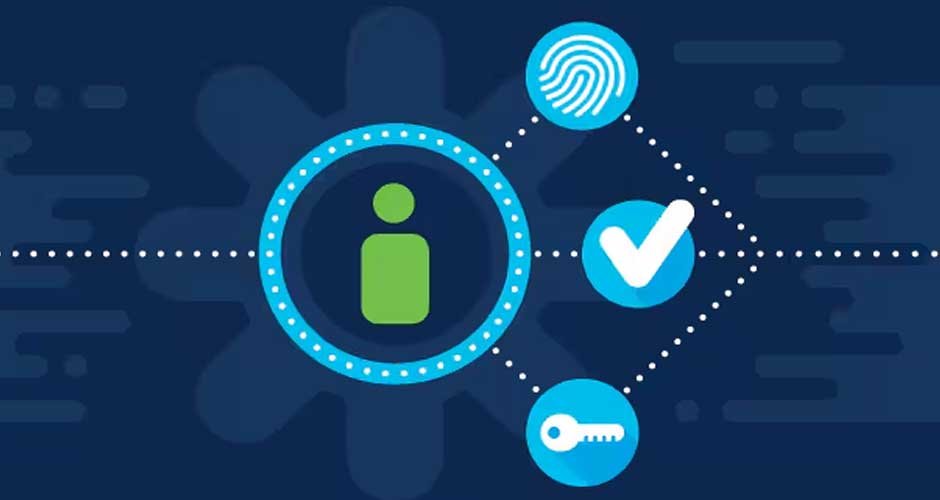Enterprises face a myriad of regulatory requirements designed to protect sensitive data and ensure privacy. Compliance with these regulations is more than a legal duty; it is a strategic obligation that can protect an enterprise’s reputation, foster customer trust, and prevent significant financial penalties. One of the most critical components of achieving and maintaining compliance is identity and access management (IAM).
This article explores why IAM is a strategic necessity for enterprise compliance and how it can help organizations navigate complex regulatory landscapes.
Understanding IAM
Identity & access management (IAM) is a framework of policies, processes, and technologies that ensures the right individuals have the proper access to technology resources. IAM encompasses several key components:
- Authentication: Verifying the identity of a user.
- Authorization: Granting the user permissions to access specific resources.
- User Lifecycle Management: Managing the creation, maintenance, and deletion of user accounts.
- Audit and Reporting: Monitoring and documenting user access and actions.
The Regulatory Landscape
Enterprises must comply with various regulatory standards depending on their industry and location. Some of the most prominent regulations include:
- General Data Protection Regulation: An EU (European Union) regulation that governs data protection and privacy.
- Health Insurance Portability and Accountability Act: A US regulation that protects the privacy of health information.
- Sarbanes-Oxley Act: A US law that mandates practices in financial record-keeping and reporting.
- California Consumer Privacy Act: A California state lawthat enhances privacy rights and consumer protection.
- Payment Card Industry Data Security Standard: The world-wide standard for securing credit card transactions.
These regulations often require strict controls over who can access sensitive data and systems, how that access is managed, and how access activities are monitored and reported.
The Role of IAM in Compliance
- Enhanced Access Controls
IAM solutions enforce strict access controls, ensuring that only authorized personnel can access sensitive data. Role-based access control and attribute-based access control help organizations define and manage who has access to what information based on their role or specific attributes. This is crucial for complying with regulations that mandate limited access to personal or financial data.
- Comprehensive Audit and Reporting
Regulatory standards often require detailed records of who accessed data, when, and what actions they performed. IAM systems provide comprehensive logging and reporting capabilities that capture all access activities. This audit trail is essential for demonstrating compliance during regulatory inspections and audits.
- User Authentication and Authorization
Strong and secure authentication methods, such as multi-factor authentication (MFA), are critical for verifying user identities. IAM systems ensure that users are properly authenticated before granting access to sensitive systems, aligning with regulatory requirements for secure access.
- User Lifecycle Management
IAM automates the user lifecycle management process, ensuring that access rights are promptly updated as user roles change or as employees join or leave the organization. Automated provisioning and de-provisioning help maintain compliance by ensuring that only current employees have access to sensitive data and systems.
- Policy Enforcement
IAM systems enforce compliance policies consistently across the organization. They ensure that access controls align with regulatory requirements and internal policies, reducing the risk of non-compliance due to inconsistent practices.
Conclusion
Identity and access management (IAM) is a strategic necessity for enterprise compliance in today’s complex regulatory environment. By implementing robust IAM solutions, enterprises can enforce stringent access controls, maintain comprehensive audit trails, and ensure that only authorized users have access to sensitive data. Beyond regulatory compliance, IAM enhances security, improves operational efficiency, and fosters customer trust.


